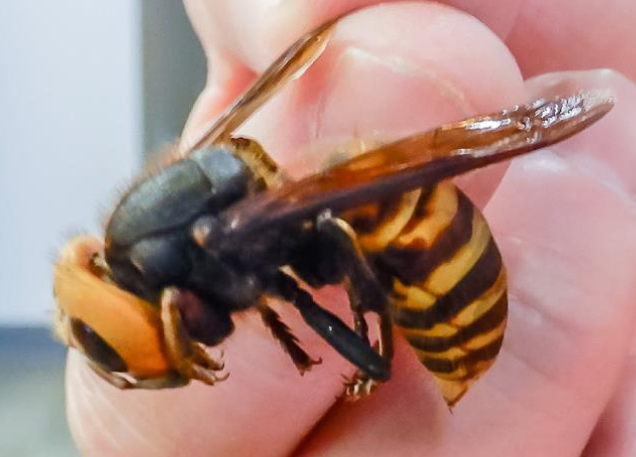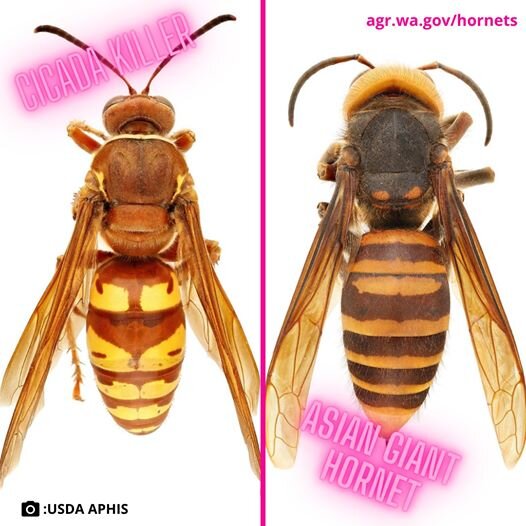The Results are in from the 2020 Great Scotch Broom Census!
/Throughout the month of May, those in Oregon and Washington were asked to help collect data on Scotch Broom by submitting sighting reports through iNaturalist as part of the 2020 Great Scotch Broom Census. The iNaturalist project received over 1,000 observations across Oregon and Washington (with hundreds more on the Washington Invasives app) and the outreach campaign had over 150,000 views from social media, news outlets, etc.!
A certificate of appreciation was given to Patrick Birkle, Lynn Jackson, and Shawn Sharrah in recognition for their outstanding dedication to invasive species awareness through their participation in the Great Scotch Broom Census. Thank you to Patrick, Lynn, and Shawn!
The Great Scotch Broom Census was a part of the Scotch Broom Ecology and Management Symposium (June 2nd-4th, 2020), which was hosted online by the Washington Invasive Species Council, in cooperation with the 10,000 Years Institute, Washington DOT, Western Invasives Network, the Oregon Invasive Species Council, and many others.









